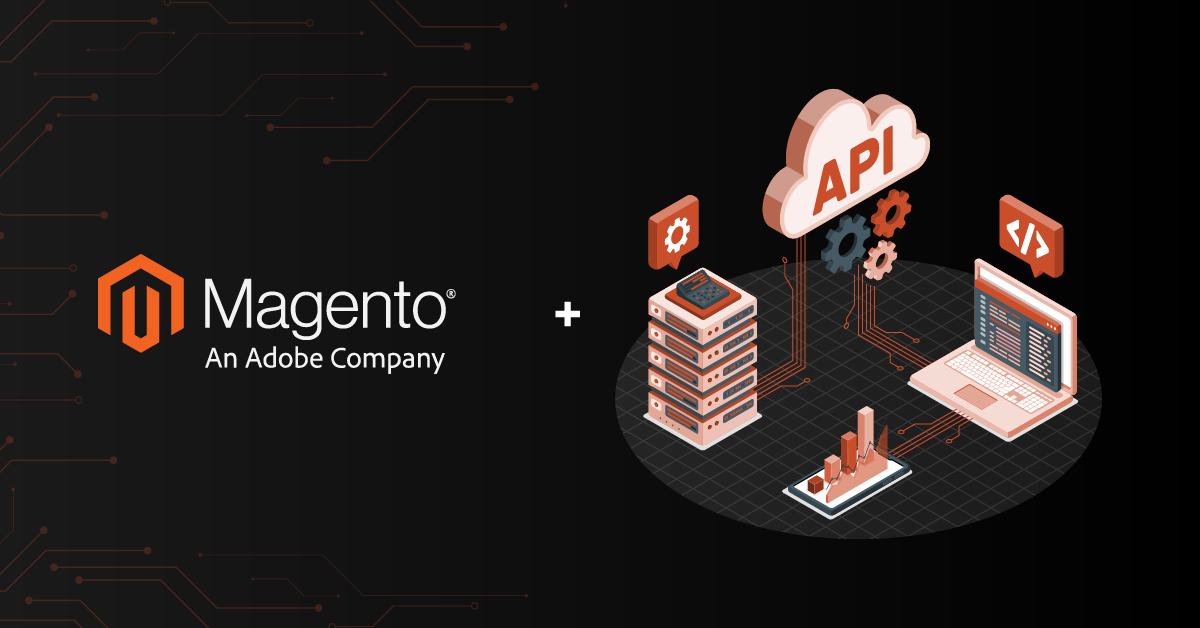It’s time of the year when the whole eCommerce fraternity gathers at one place, or at least speak ubiquitously about the same topic, Magento Imagine 2018. The event started on Monday at Wynn Las Vegas, our resort town, and this is where Magento usually announces incredible features, enhancements, and lot more to their existing eCommerce platform. Among many, one that mainly caught our eyes and ears is the introduction of PWA (Progressive Web Application) Studio. We thought of delving into the know-how of PWA and come up with a voluminous article and here it is.
This article walks you through the basics of PWA and how it’s going to change the future of mobile applications and, in turn, the eCommerce ecosystem.
Contents
What is PWA and how it started?
Well, the idea goes back to 2015 in an article written by Alex Russell, a Google engineer. He proposed a new kind of web application called Progressive Web Apps along with the requirements. These web applications can work offline and, to be precise, in the background as well. Interesting isn’t? This is now possible, thanks to a thing called service workers. “Service Workers” are workhorses, which work in the background, and are responsible for pulling in notifications, cache material, and store data.
That said, the cool stuff about PWA is that they don’t show the Chrome thing, no address bar and nothing that looks like a browser but are data-friendly, doesn’t crash when network or Wi-Fi signal is down, and work very similar to the native app. That’s what makes these things really compelling and when you’re using it’s really hard to tell the difference.
So, how do you get hold of a PWA? Simple. If you’re using an android phone, open your browser and go to Instagram, financial Times, Lyft, Twitter Lite or any other website. The android system will ask whether to pin to the home screen. Voila! You’ve found a PWA. That’s gross right? Yes, but have a thought, it’s just version 1.0 and companies are just starting to build their own PWA. PWAs haven’t reached the Play Store nor the Apple store, in fact, Safari and Apple haven’t shown much interest in PWAs.
Few Examples of Progressive Web Apps
Taking into account the current scenario, though there are a number of PWAs across the industries, only a few are well-known. Among them are:

Why PWA is unique and perhaps the future?
Universally accessible
Ever had a second thought about downloading an app? Indeed, yes. I’ve had thoughts whether I’m going to use the app, is Wi-Fi available for downloading the big stuff, or it’s unnecessary. Here’s where PWAs come as the savior. No need for Wi-Fi or even data connection, let alone the first time. It’s very similar and straightforward like using a browser, but at the same time, you can’t tell the difference between a PWA and a native app.
Works offline in the background
Using Service Workers new content are cached and local changes are synchronized to a local server. Once you’ve accepted the terms & conditions, they will send you push notifications as well. 
Extended longevity
We usually don’t launch most of the apps that often, let alone the social media and mail apps. What I intend to say is, should you want to order flowers, food or grocery from the nearest store, an app is definitely handy but you won’t be using them always, perhaps twice a week or so. In these cases, the app stays more or less useless on your mobile wall. PWA solves this and gives longevity to the app. Once you have pinned the website to the home screen, it doesn’t occupy much space because these are designed to push and pull data directly from the web.
Easy to maintain
Imagine yourself as a local diner providing fresh Pizzas or a medium-scale enterprise running car washes across the city, native apps are handy; however, maintaining native apps ain’t cheap. Separate apps for Android, Apple, and Windows store would take at least $45,000 to $50,000 to hire a developer for a year because every app needs constant monitoring, frequent bug fixes, and monumental upgrades. On the other hand, the PWA won’t burn a big hole in your pocket, and all you’re going to spend is to develop another app but addressing PWA requirements.
Why Google and Microsoft are IN and Apple OUT?
If every company creates a native app, it pulls data directly from the site without going through the Web, and that actually hurts Google’s business model. Analytics, SEO, and ads don’t work hand-in-hand with the native apps as they do with the website. This is why Google is pushing PWA, and you’ll end up using the web, analytics, and other Google stuff. You’re getting everything that counts against SEO, as well, so it shows up in the search. So, this all benefits Google. Perhaps, we could expect Google to list the PWAs in the store pretty soon after the Google I/O happening this May. In the case of Microsoft, I think it’s pretty obvious. They don’t have that many native apps because Windows phone is pretty much dead – for now – and not many are using Windows 10. Even Windows 10 users have their Edge right in the home screen, and that makes things easier. To put in a nutshell, Microsoft is treating PWAs as first-class citizens.Apple! Haven’t you guessed that yet? This initiative is taken by one of its main rivals, and also PWAs could cripple the iOS developers. We already know how stringent and strict Apple is on “Not leaving the ecosystem”.
How can PWAs change eCommerce of the future?
As we already knew, in the present eCommerce scenario, mobile conversions dominate the stats. More than 30% of sales, happen through mobile and this is definitely going to see traction in coming years, thanks to bigger-better-beautiful phones. A majority of the end users don’t purchase from apps often, and thus the native apps don’t stay long and those apps are the first ones to be kicked out, should there be a memory shortage. This is where PWA comes in to picture, and it’s a Win-Win for both end users and companies – not for app developers though. Less space and less complex for the users. Less maintenance and zero optimization across platforms – it’s same for iOS, Apple, and Windows. So how’s the industry changing?
PWA Studio in Magento
PWA studio is a collection of tools that allows you to create a progressive web app using the Magento platform more easily. As mentioned already, the beta is out already, and Magento are advising SMBs and other merchants to go for PWAs than native apps. This Magento PWA studio offers developers all sort of technical guidance, tools, techniques, and components to build better-working PWA frontends. Magento has promised that the PWA studio will be available to the general public with the Magento 2.3. That’s actually great news for store owners out there. With PWA’s lazy-loading, standardized code language, and easy maintenance, it’s going to be the go-for-option to everyone looking to increase mobile conversions.
Magento has promised that the PWA studio will be available to the general public with the Magento 2.3. That’s actually great news for store owners out there. With PWA’s lazy-loading, standardized code language, and easy maintenance, it’s going to be the go-for-option to everyone looking to increase mobile conversions.
Final Statement
On a sensible note, PWAs are here to stay and, to say the least, they’re the future of eCommerce, apps, and everything.




